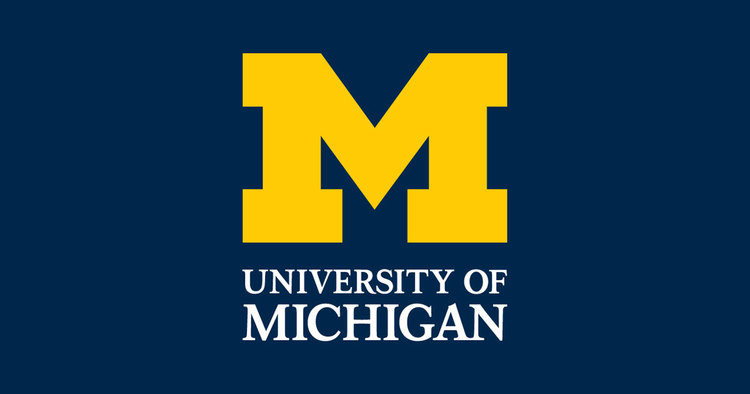Will they or won't they? In the wake of the Lott disaster, conflicting leaks suggest Karl Rove is baffled about how to position the Bush Administration on the University of Michigan racial preferences case. (For the latest trial balloon, click here.) So let's take a moment to explain some realities about affirmative action that most conservatives don't understand.
Here on the Realist Right, we've frequently argued that the long-run unity of the U.S. is threatened by the Doomsday Machine interaction of racial preferences with the mass immigration of those eligible for them—the "protected classes," basically non-whites. This combination of immigration and government discrimination on behalf of favored groups is exactly what made Kosovo a disaster.
On the rare occasions when the Establishment Right thinks about this, it puts its faith in a magic bullet: The Supreme Court might outlaw affirmative action. Then we can let immigration rip!
The reality is, unfortunately, that racial quotas are the inevitable by-products of our anti-discrimination laws. When Barry Goldwater explained how the 1964 Civil Rights Act would lead to quotas, Hubert Humphrey famously promised to eat a printed copy of the law if it ever happened. But merely a half-decade later, quotas were commonplace.
Quotas are now treated by conservative ideologists as the arch-betrayal of the "colorblind" 1964 Act—forgetting Goldwater's prophetic logic. But the truth is that, regardless of the letter of the law, aggressively-enforced anti-discrimination laws automatically lead to quotas. These laws place the burden of proof on the employer to justify any deviation from equal outcomes in hiring and promotions. Lawsuits can be won. But the cost can be so crushing that most firms will do just about anything to stay out of court. So they use quotas.
In the 1990s, this process was well described by University of Chicago law professor Richard Epstein in his Forbidden Grounds, by Dinesh D'Souza in his The End of Racism and by me in my (pre-purge) National Review cover story "How Jackie Robinson Desegregated America." But that brief upsurge of realism has been forgotten.
Many conservatives today don't understand this because of the disproportionate attention paid to the atypical admissions process at elite state universities, like the University of Michigan. In the past, publicly funded colleges tried to save taxpayer money by selecting applicants with a wholly objective (not to say mechanical) system that ranked applicants according to formulas combining grade point averages and SAT scores. It was quick, cheap, and quite effective at finding those students who would most benefit from the college.
In the early 1970s, state universities established racial quotas. Thereafter, they picked the best applicants within each group. Quotas lowered the quality of the student body overall. But at least they used an effective method to choose within each group.
Then came the Supreme Court's 1978 Bakke decision, outlawing "quotas" but legalizing "goals." So the universities added points for membership in preferred hereditary groups. This was a wholly cosmetic change.
Because these admissions systems are so mechanical, it seems simple to excise the racial preferences. In fact, that's what Proposition 209 nominally did in California in 1996.
But politicians and bureaucrats are driven not by legal scruples but by fear of minority voters. So, in California, they responded by making the admissions system more subjective—in order to continue discriminating against unpreferred groups.
The University of California system, for example, now demands essays detailing "life challenges" the applicants have been victimized by. UCLA gives extra credit to applicants who are from crime-ridden neighborhoods or have been shot. (Prediction: getting shot in a hunting accident counts for less than being the victim of a drive-by shooting.)
Outside of state universities, most personnel decisions have always included subjective elements—such as job interviews. But how can you prove your interviewers are not biased? Remember, the anti-discrimination laws place the burden of proof on the employer.
Firms have responded by these types of tactics:
- Requiring excessive educational credentials. This benefits women at the expense of men, because men are less likely to graduate—especially, ironically enough, black and Hispanic men.
- Filling human resources departments with blacks and Hispanics to do the interviews and choose the applicants.
- Outsourcing work to firms small enough to fly under the Equal Employment Opportunity Commission's radar.
- But, most of all, by imposing racial quotas upon themselves.
Whatever the Supreme Court decides, the result will be more litigation. It is time for the Establishment Right to admit the source of these pervasive private quotas: enthusiastic enforcement of anti-discrimination laws—including, ultimately, the sainted 1964 Civil Rights Act itself.
[Steve Sailer [email him] is founder of the Human Biodiversity Institute and movie critic for The American Conservative. His website www.iSteve.blogspot.com features his daily blog.]
January 12, 2003













